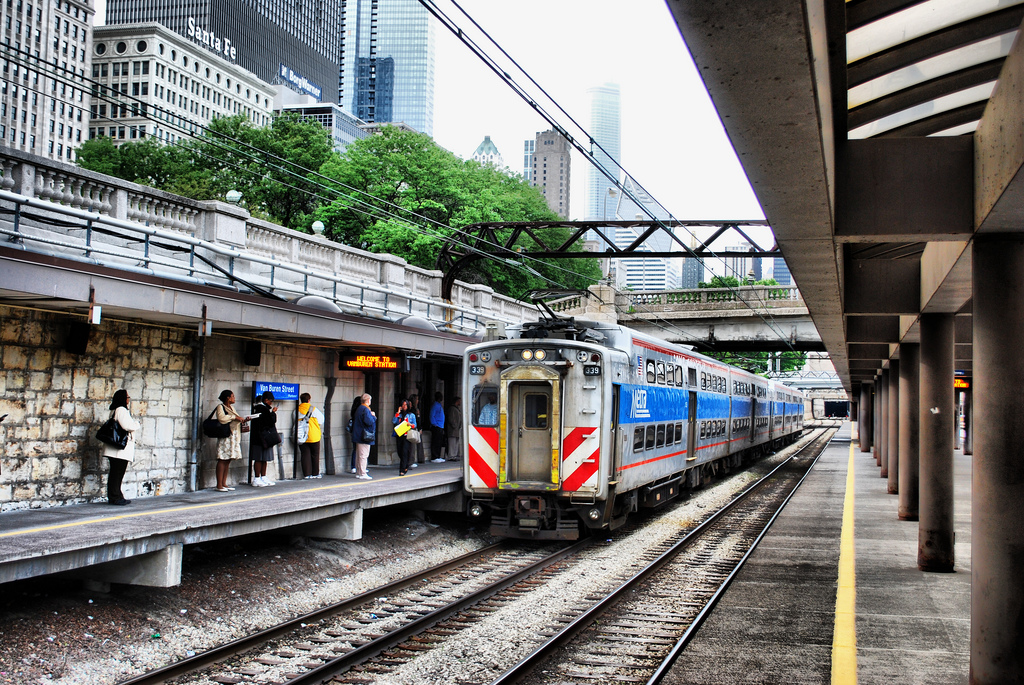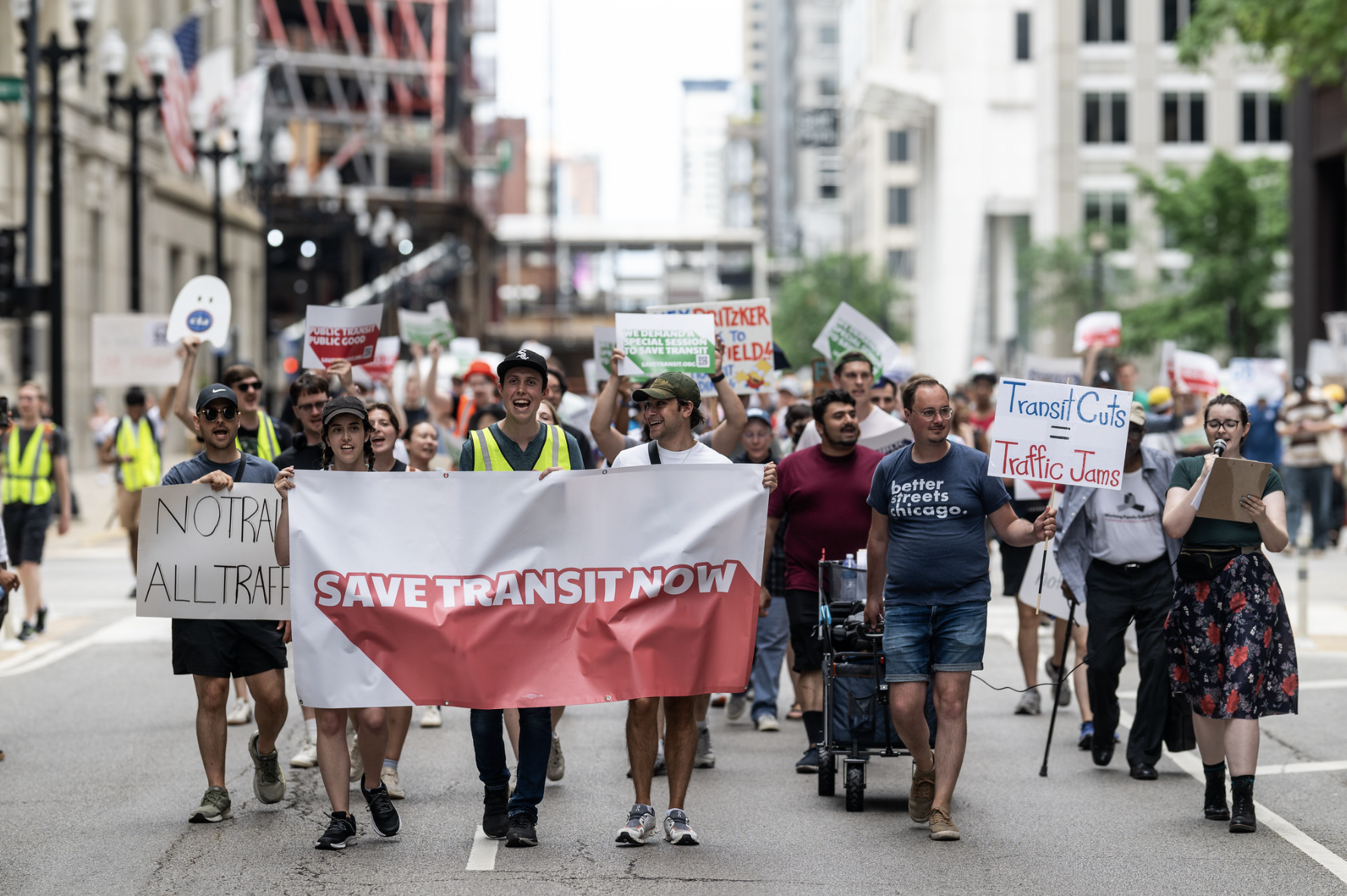Metra finalized the schedule change to the Electric District line it proposed in May, which increases service between downtown and Hyde Park, and downtown to Kensington. It reduces service for anyone who doesn't live or work near those stations. The change, to take effect on Monday, September 11, is undesirable, and a good way to further decimate a difficult-to-use and expensive transit system.
The final schedule is slightly better than the one originally proposed in May. The South Chicago branch will keep its 11:10 p.m. train out of downtown. In the proposed schedule, riders wouldn't be able to stay in downtown past 8:50 p.m. on weekdays, what was going to be the last train of the day.
The changes are being made, Metra CEO Don Orseno said, to align service with demand on a line with falling ridership at many stations without increasing costs.
Metra will also keep four inbound and four outbound trains on Saturday on the Blue Island branch, rather than eliminating Saturday service completely.
The other changes that were proposed and part of the final schedule include:
- minor adjustments to stop times to account for different customers, like high school students
- merging train runs and adjusting stop times to reduce longer gaps between trains
- weekend trains will leave and arrive to downtown 20 minutes earlier to help people whose jobs start on the hour
- eliminating nine weekday trains on the Blue Island branch, and eight weekday trains on the South Chicago branch
- eliminating two other trains
- increasing service to stations between 75th and 11th Street, increasing frequencies from every two hours to every one hour
The lack of transportation choices will be borne most by those living in neighborhoods that already are poorer and disinvested, including South Chicago, West Pullman, and Morgan Park.
The service reduction isn't surprising, however, because there isn't anything pressuring Metra to adopt many of the changes that modern regional rail systems have.
Chicago Mayor Emanuel has ignored Metra while finding half a billion dollars to build new or rebuild existing Chicago Transit Authority 'L' stations. And Metra abandoned its effort to develop a strategic plan.
Metra's peers in Toronto, the Bay Area, and Paris, have increased or are going to increase service to runs at least every 30 minutes all day. Additionally they use train cars that offer more space for people with disabilities and bicycles, and don't require climbing steps or ramps.
Another rider-friendly change that's becoming more common with suburban lines is coordinating fares between local and longer-distance transit operators. Metra is significantly more expensive than CTA bus and 'L' rides, and there are no transfer discounts between the two agencies if you don't have a monthly pass. Metra doesn't offer weekday or weekly passes.
Sandy Johnston, a former resident of the Chicago area, and now a planner in Boston, wrote in South Side Weekly last month, "Metra’s new plan represents not a genre-busting effort to restore bygone glory [of the Electric District's historic service patterns], but a modest attempt to fit the square peg of transit-quality service into the round hole of the 'commuter' rail paradigm." The Electric District, he said, should be run like a rapid transit line, because residents in the service area are less likely to have commute-oriented, 9-5 jobs, and are more likely to need transit for personal and social trips, given lower car ownership rates.
The Electric District is different than Metra's other lines in that it's already electrified and some stations on the line see trains every 20 minutes. However, the line is hardly performing at its best and Metra's CEO saying that the line has the most service of the Metra system isn't an excuse to give residents fewer transportation choices.





